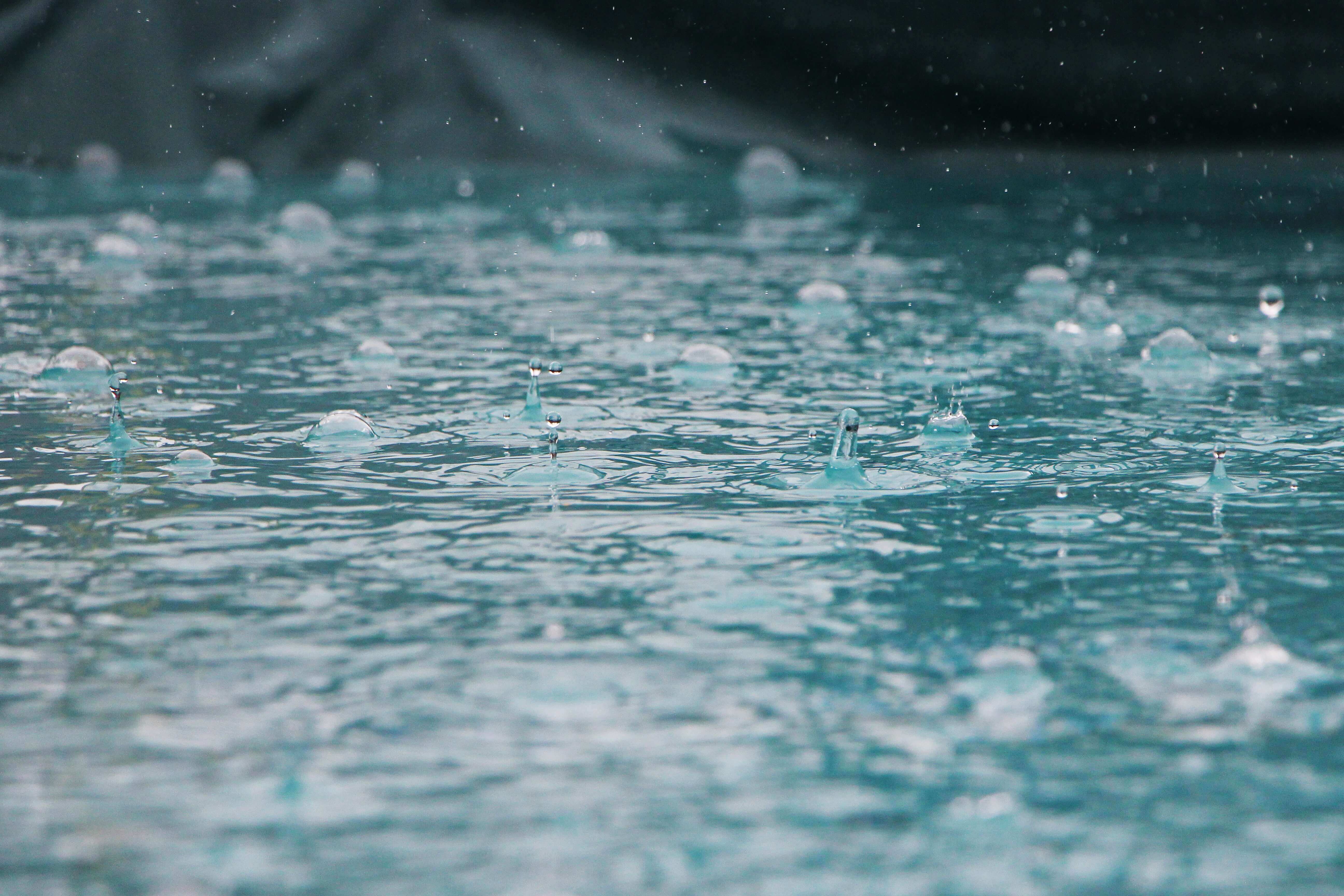
Inhaltsverzeichnis
Wasserknappheit – Eine ernsthafte Gefahr?
Wir verbrauchen jeden Tag Wasser. Und zwar nicht nur zum Trinken, beim Duschen, Kochen oder Wäsche waschen. Der weitaus größte Teil des uns zur Verfügung stehenden Wassers fließt in die Landwirtschaft zur Herstellung von Lebensmitteln und anderen Produkten. Ist genug für alle da? Oder müssen wir in Zukunft eine Wasserknappheit fürchten? Die Antworten auf diese Fragen gibt es in diesem Artikel.
Gibt es genug Wasser für alle?
Wir alle wissen, dass die Erde zum größten Teil mit Wasser bedeckt ist. Ganze 71% der Erdoberfläche, um genau zu sein. Wie kann es sein, dass mehr als die Hälfte der Weltbevölkerung für mindestens einen Monat pro Jahr von Wasserknappheit betroffen ist?
Die Antwort auf diese Frage liegt in der Verfügbarkeit des Wassers. Es geht nicht darum, wie viel Wasser es insgesamt gibt, sondern wie viel dieses Wassers für uns verfügbar und nutzbar ist. 97% des Wassers auf der Erde ist Salzwasser. Die enthaltenen Mineralien machen das Salzwasser für uns Menschen ungenießbar. Und auch in der Landwirtschaft ist es aufgrund seiner Inhaltsstoffe nicht nutzbar. Die gesamte Menschheit muss also über die verbleibenden drei Prozent Süßwasser versorgt werden. Das ist jedoch noch nicht die eigentliche Schwierigkeit.
Denn die Problematik liegt darin, dass dieser limitierte Wasservorrat über den Planeten hinweg nicht gleichmäßig verteilt ist. Verschiedenste geographische und klimatische Faktoren sind der Grund dafür, dass einige Regionen auf der Welt besser mit natürlichen Wasserquellen und Regenfällen ausgestattet sind, als andere Gebiete. In Nord- und Westeuropa sowie in Südamerika haben die Menschen zum Beispiel viel nutzbares Wasser. In anderen Gebieten der Erde, wie in Nordafrika oder dem nahen Osten, leiden die Menschen unter Wassermangel. Hier ist es sehr heiß und trocken, und es regnet selten, wodurch die Wasserreserven nicht aufgefüllt werden können. Leider ist der Transport von Wasser über größere Entfernungen hinweg nicht nur aufwändig und energieraubend, sondern auch extrem teuer. Hinzu kommt, dass die Weltbevölkerung weiterhin zunimmt.
In vielen wasserarmen Gebieten, aber auch in einigen Regionen mit einem guten Zugang zu Wasser, leeren die Menschen die Wasservorräte schneller, als sie wieder aufgefüllt werden können. Nicht zuletzt aus diesem Grund wird sich an den unterirdischen Wasserreserven bedient. Mittlerweile sind 21 der 37 großen unterirdischen Stauseen der Erde auf dem Weg, irreversibel geleert zu werden. Die Menschheit verlässt sich momentan also zu einem Teil auf Wasserquellen, die endlich sind – und geht dennoch alles andere als nachhaltig mit den vorhandenen Wassermengen um...
Photo by SHAH Shah on Unsplash
Wofür wird so viel Wasser überhaupt benötigt?
Trinken? 2-3 Liter am Tag. Hinzu kommt das Wasser, was zum Duschen, Spülen, Waschen, Kochen und für die Toilettenspülung genutzt wird. Das wär’s doch dann im Prinzip, oder?
Leider nein. Denn der größte Teil des Wassers, das wir Tag für Tag verbrauchen, sehen wir nicht direkt. Es steckt in Lebensmitteln und den Produkten, die wir nutzen. An einem Tag verbrauchen wir – in Industrienationen lebende Menschen – im Schnitt 3-4000 Liter Wasser! Dieses für uns nicht direkt sichtbare Wasser, das für die Herstellung von Produkten gebraucht wird, wird auch “virtuelles Wasser” genannt.
Weltweit werden ca. 8-10% des Wassers für den Haushalt genutzt. Weitere 20% gehen für die Industrie drauf. Die restlichen 70% fließen in einen einzigen Sektor: Die Landwirtschaft.
Unmengen an Wasser werden benötigt, um Pflanzen und Vieh zu versorgen – Alles, um die Menschheit mit Nahrung zu versorgen. Die wachsende Weltbevölkerung macht die Sache nicht einfacher, denn mehr Menschenleben auf der Erde bedeutet auch, dass mehr Menschen mit Lebensmitteln versorgt werden müssen.
Wie geht es weiter?
Schon jetzt haben 2,1 Milliarden Menschen keinen Zugang zu sauberem Trinkwasser. Durch den weltweiten Temperaturanstieg, den Bevölkerungswachstum in ärmeren Staaten und den steigenden Konsum wasserintensiver Produkte verschärft sich die Problematik.
Der hohe Wasserverbrauch der Menschheit wird dazu führen, dass im Jahre 2050 voraussichtlich 5,6 Milliarden Menschen von Wassermangel betroffen sein werden. Das sind mehr als zwei Drittel der gesamten Erdbevölkerung. Zwar mussten auch in Deutschland während den letzten Sommern aufgrund der langen Trockenperioden in einigen Regionen Rasensprenger und andere Bewässerungssysteme abgedreht werden. Dennoch kann man sich hierzulande kaum vorstellen, wie ein wirklicher Wassermangel wohl aussehen wird. Dass Menschen in einigen Regionen von Afrika schon jetzt (nicht zuletzt durch Großkonzerne wie Nestlé) keinen Zugang zu sauberem Trinkwasser haben, wird oftmals vergessen.
Photo by jasper wilde on Unsplash
Was wird getan?
In der Landwirtschaft wird an Ideen und neuen Techniken gefeilt, mit deren Hilfe der Wasserverbrauch eingeschränkt werden soll. Durch spezielle Bewässerungstechniken soll jeder Pflanze nur so viel Wasser gegeben werden, wie sie tatsächlich braucht. Es werden neue Pflanzen gezüchtet, die weniger durstig sind. Einige Landwirte steigen auf den vermehrten Anbau nicht so wasserintensiver Lebensmittel um. Auch in der Industrie werden vermehrt Abläufe implementiert, die weniger Wasser benötigen. Es wird an Produktionsprozessen gearbeitet, in denen verbrauchtes Wasser recycelt und so wiederverwendet wird. All das ist super. Aber auch wir selbst können dazu beitragen, dass weniger Wasser verbraucht wird.
Ein großer Punkt dabei ist die Lebensmittelverschwendung. Der Großteil der produzierten Lebensmittel landet im Müll. Außerdem kann man den Verzehr sehr wasserintensiver Lebensmittel (z.B. Kakao, rotes Fleisch, Nüsse) herunterschrauben. Allein durch eine vegetarische Ernährungsweise können wir unseren Wasserfußabdruck um ca. ein Drittel reduzieren. Weitere Ideen und Tipps zum Sparen von Wasser findest du ab nächster Woche auf unserem Blog.
Auch wenn der Wasserverbrauch zu einem großen Teil nicht direkt in unseren Händen liegt, können wir mit unseren tagtäglichen Gewohnheiten bereits eine Menge ausrichten. Wasser ist für jeden von uns lebenswichtig. Daher sollten wir uns nicht der Verantwortung entziehen, einen Beitrag zu leisten.
Wenn du noch mehr über die Themen Nachhaltigkeit, Achtsamkeit oder gesunde Ernährung erfahren möchtest, schaue doch mal hier vorbei.
Photo by Paweł Czerwiński on Unsplash








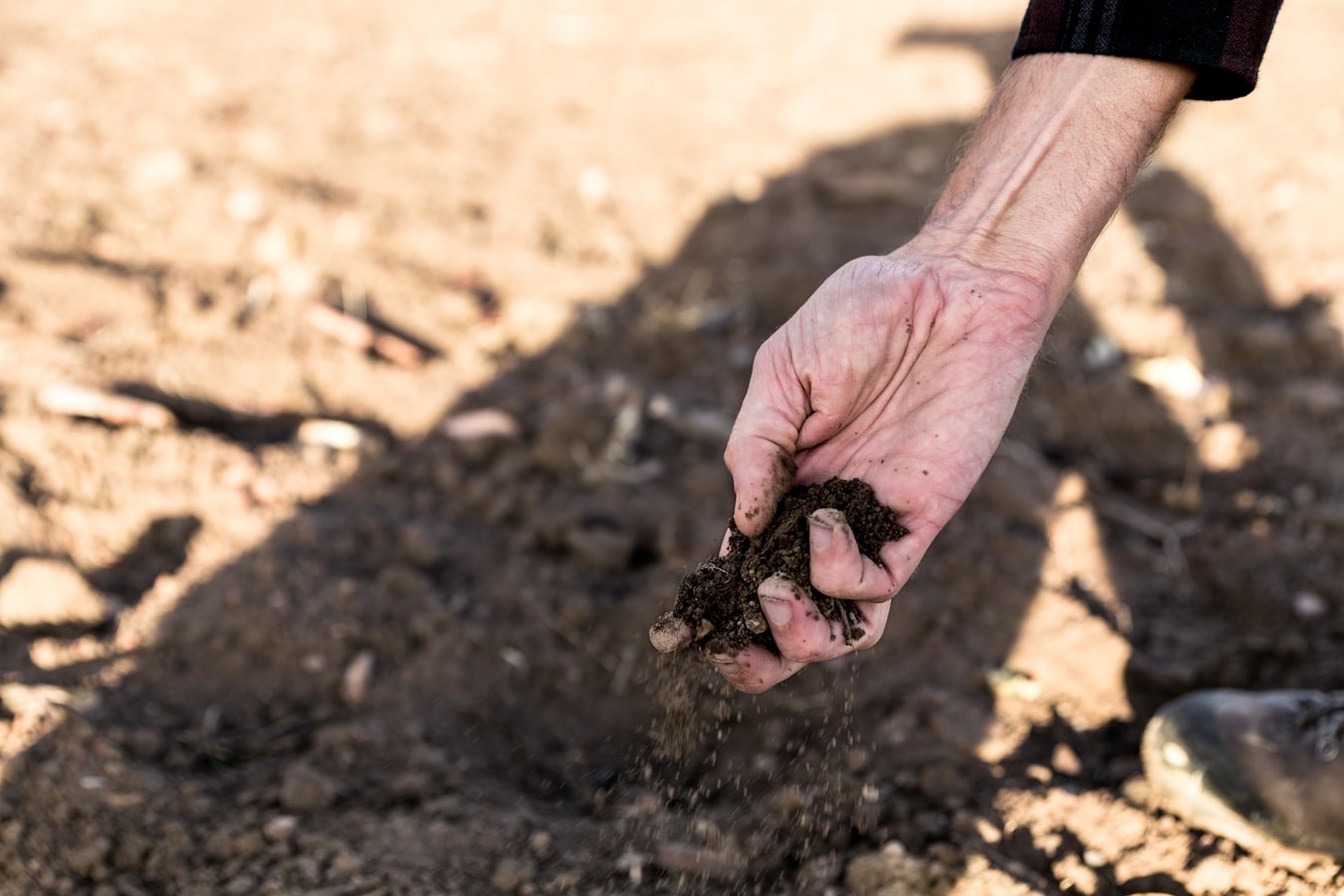
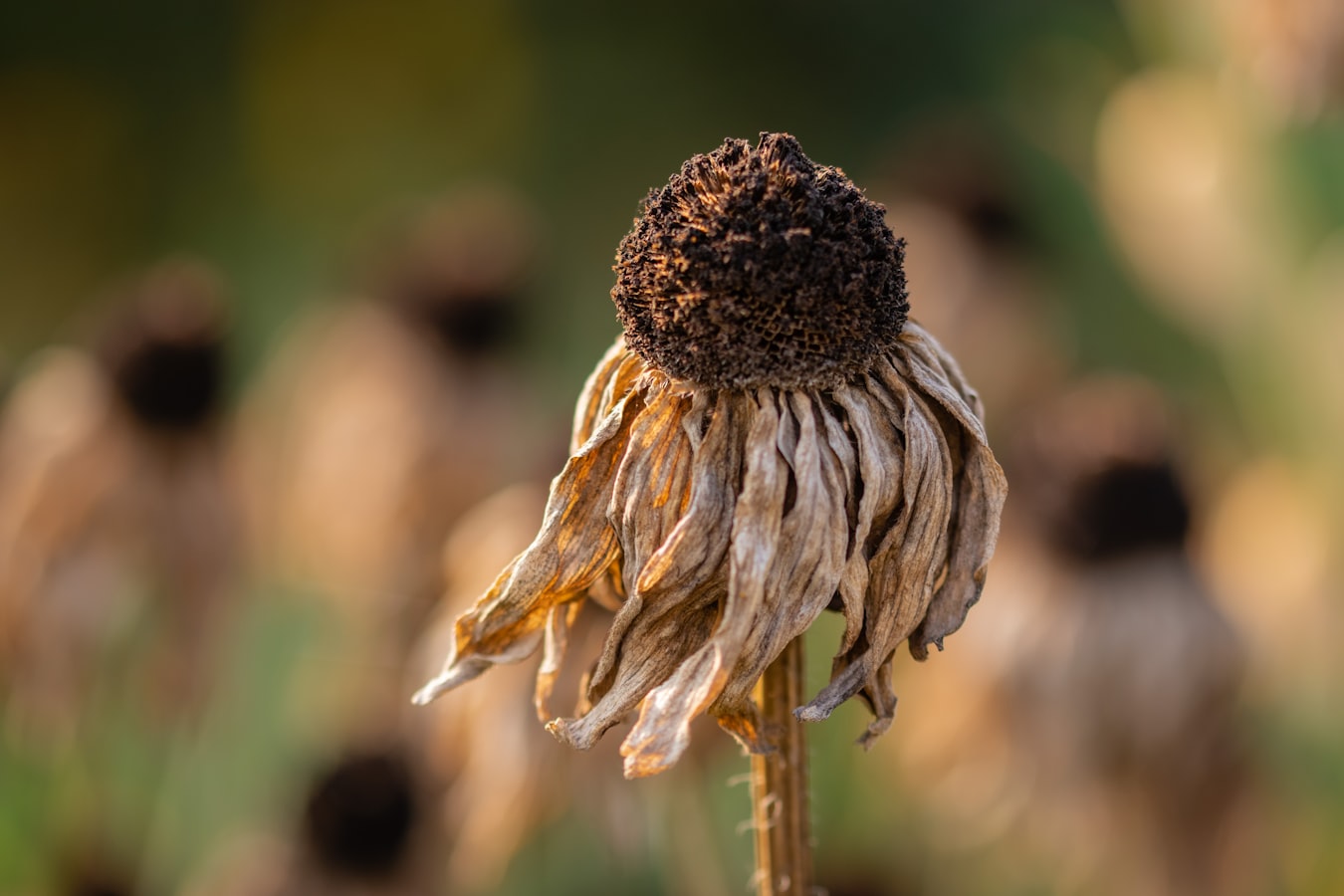

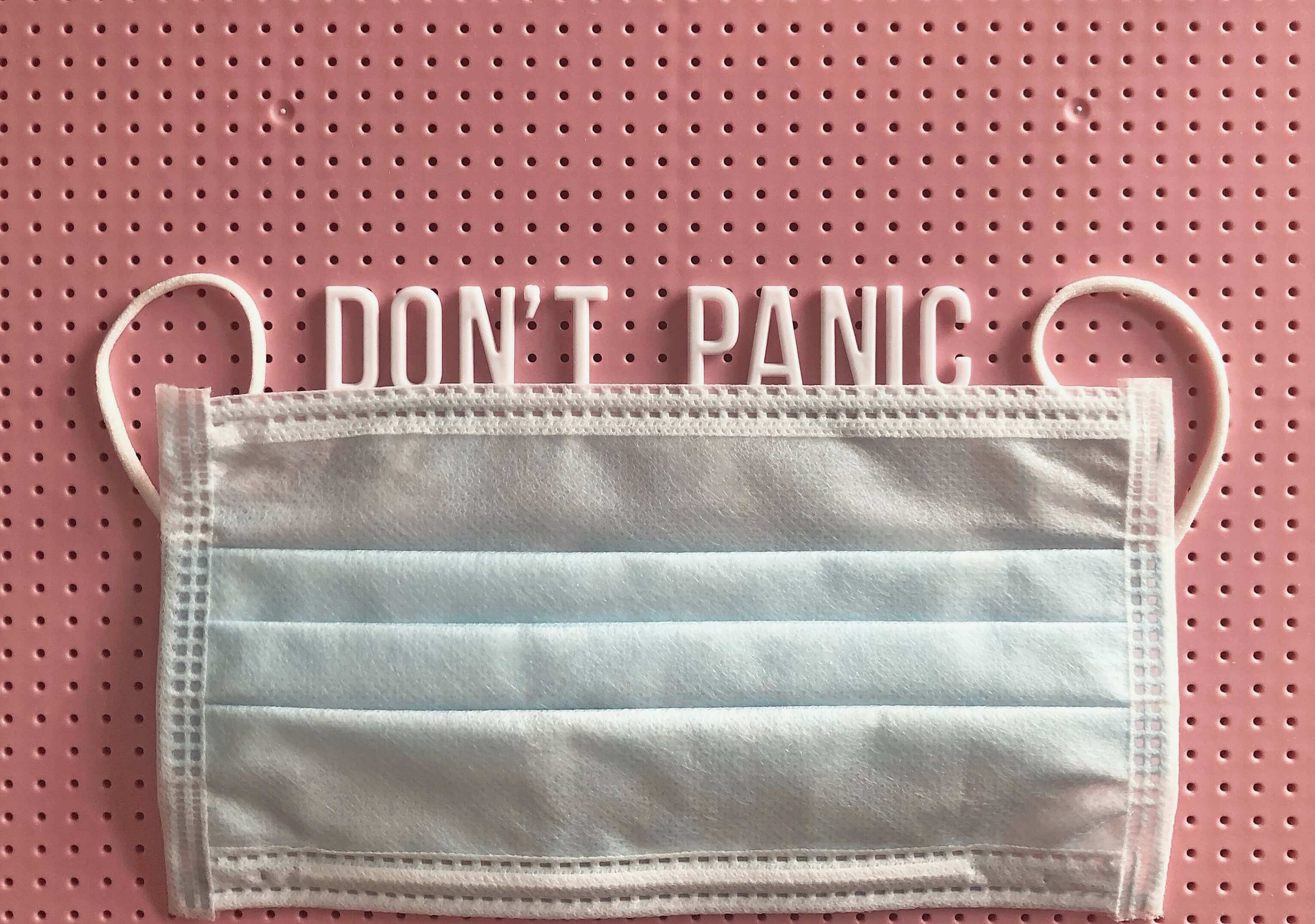
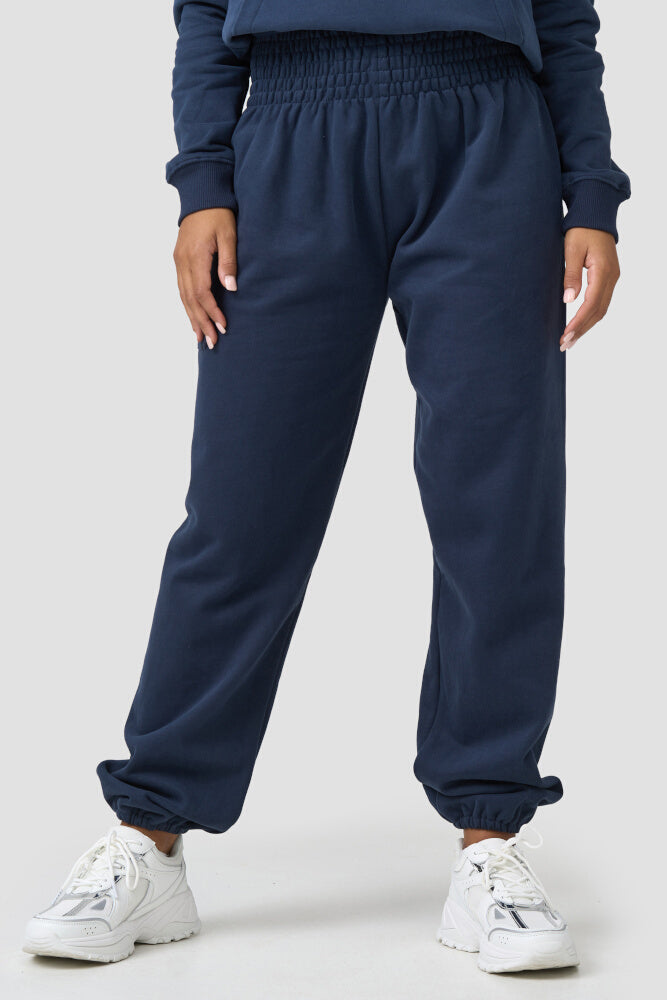



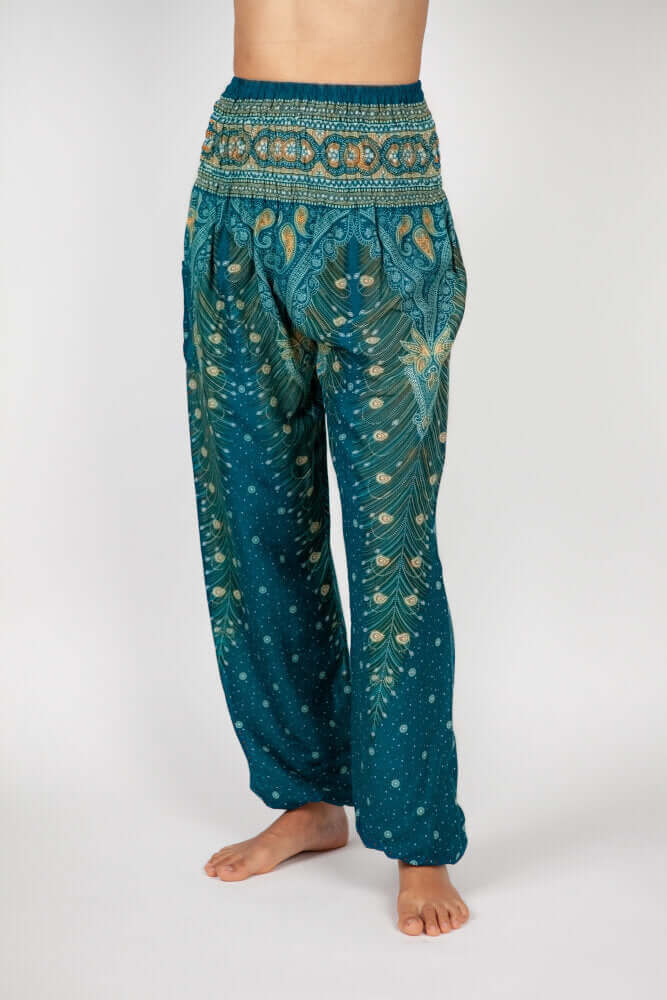



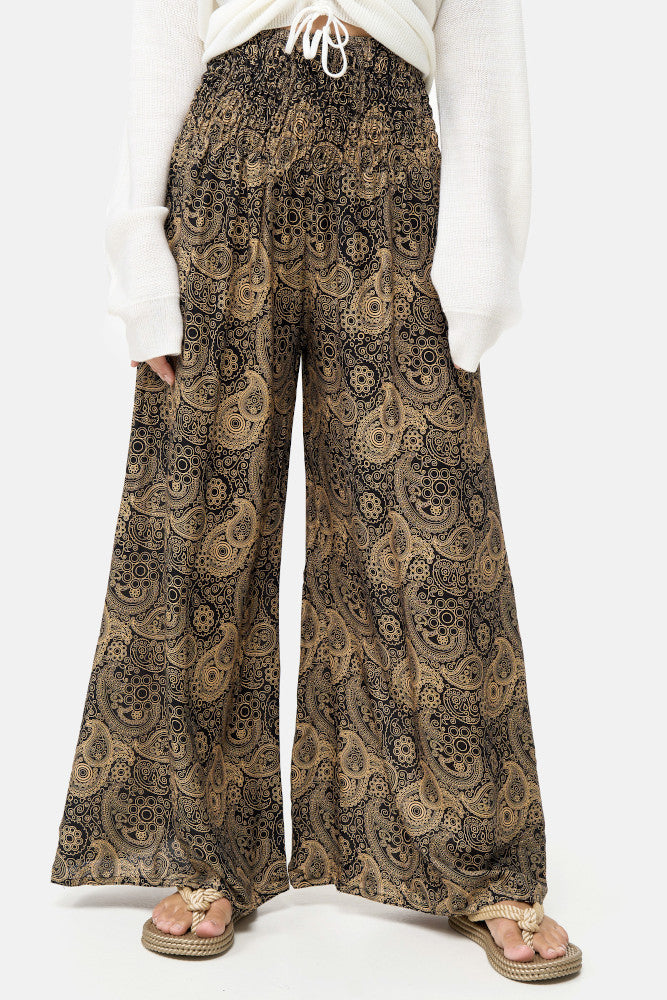

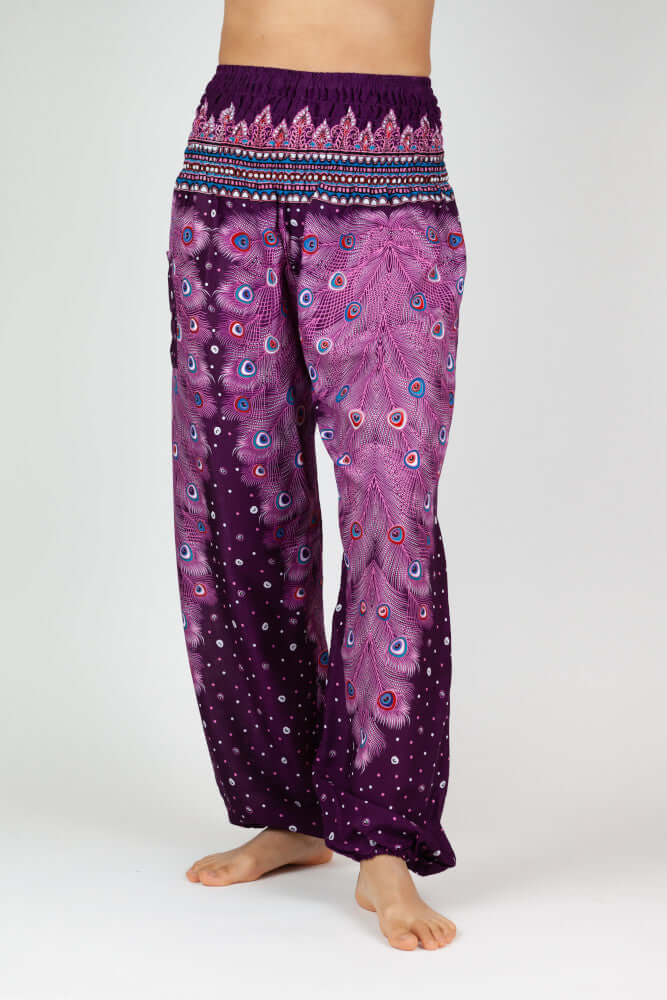
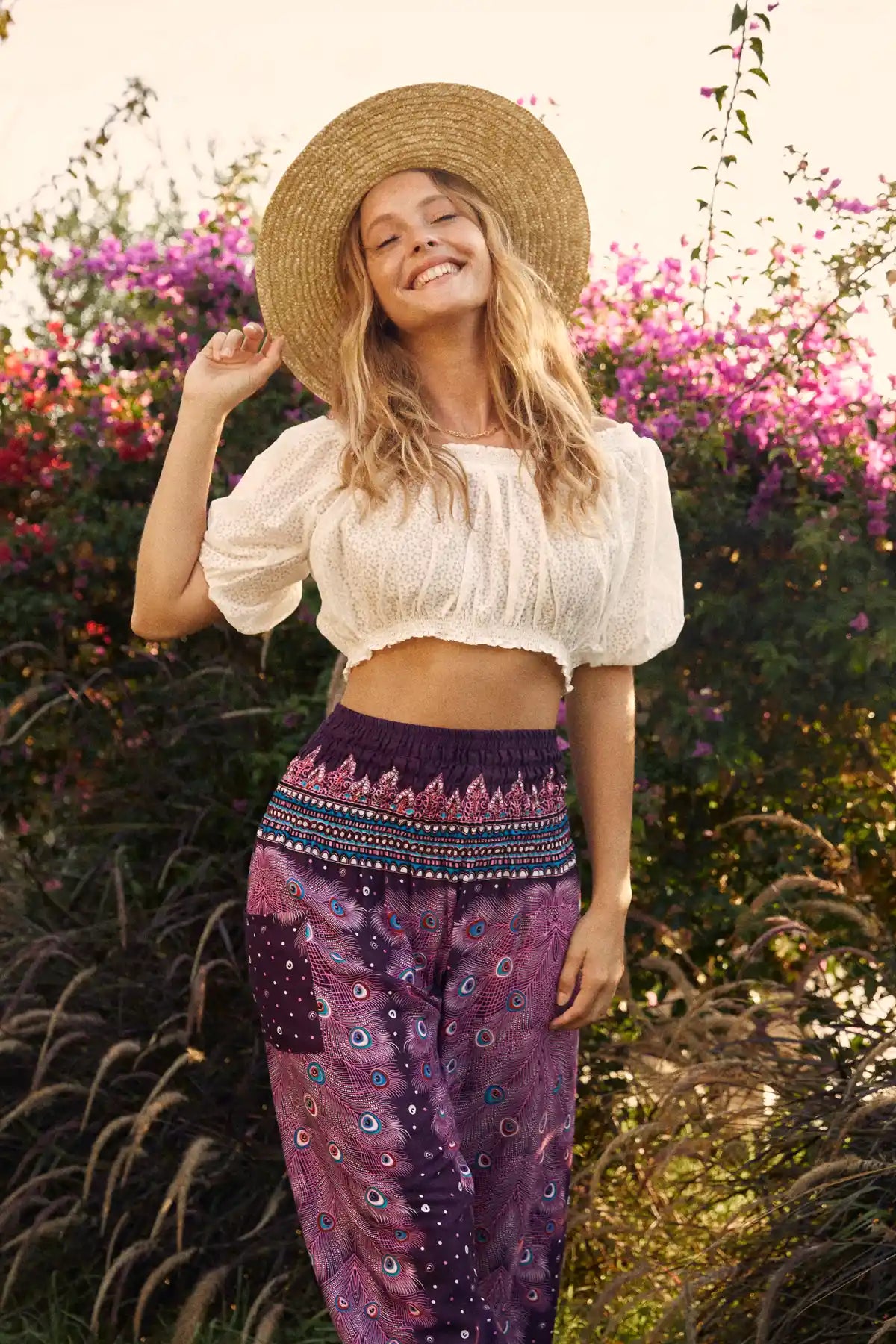
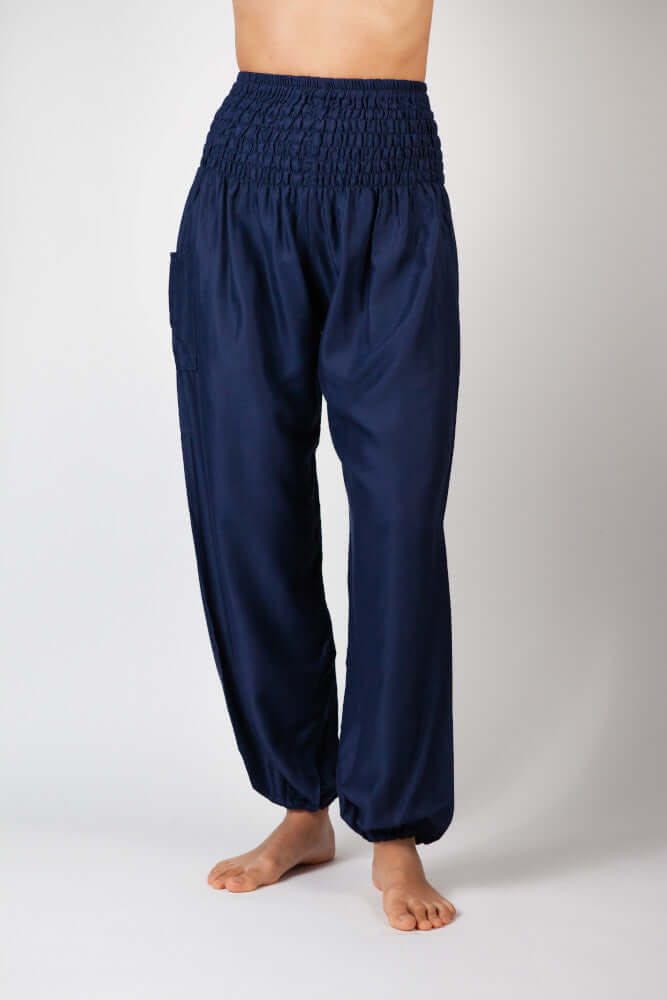





Leave a comment
This site is protected by hCaptcha and the hCaptcha Privacy Policy and Terms of Service apply.